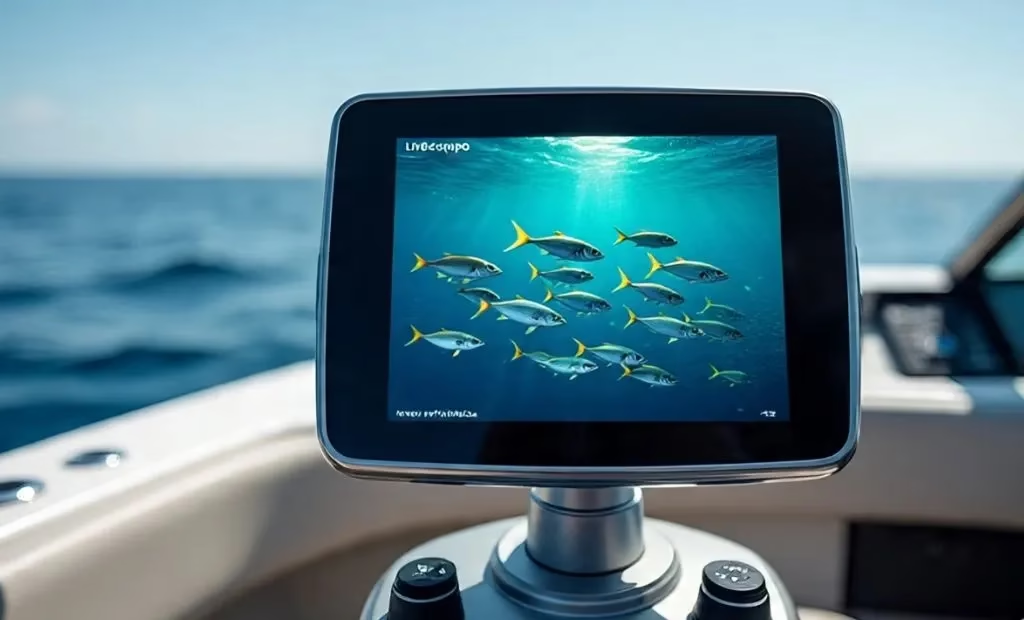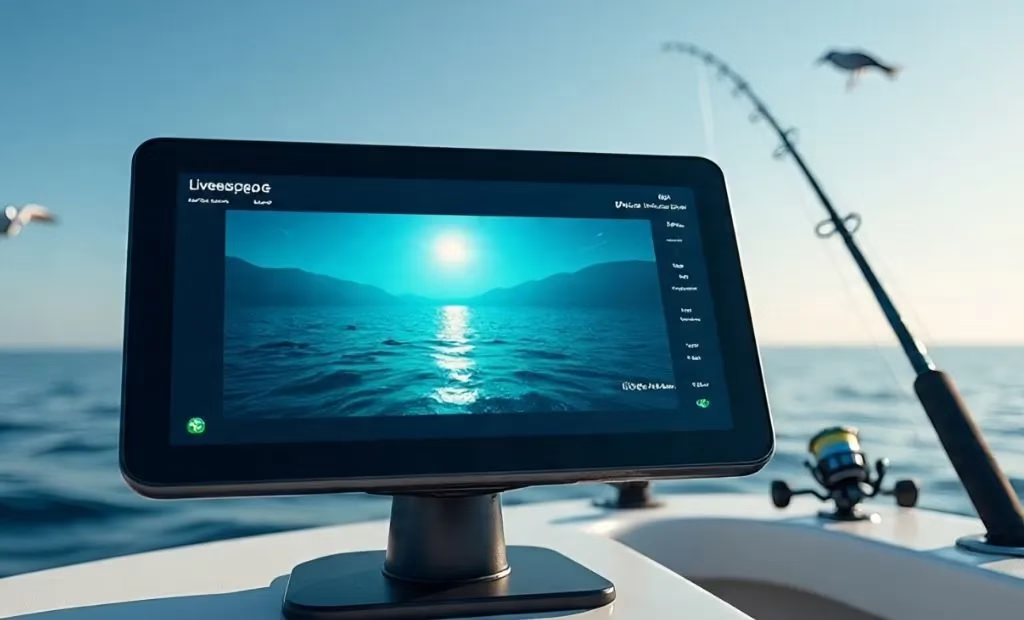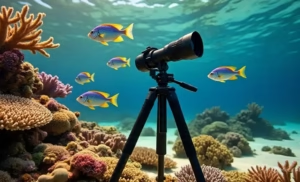Livescope Fish Finder has always been more than simply a hobby in America; it’s a way of life. Technology is altering how fishermen approach the water, whether they are ice fishing in the north, jigging for walleye in the Midwest, or pursuing monster bass in southern lakes. One of the most important inventions in the past few years is the Livescope fish finder. This advanced sonar device does more than just show fuzzy marks on a screen, in contrast to traditional depth finders. Instead, it mimics an underwater camera to provide a real-time, in-the-moment image of fish moving beneath and around your boat.
What is a Livescope Fish Finder?
Garmin created the cutting-edge sonar technology known as a Livescope fish finder. Livescope provides real-time imaging, in contrast to previous sonar systems that show static arches or dots that indicate fish. You can actually follow the activity of fish in real time, see them move, and see how they react to your bait. For example, when you toss a bait for bass, the fish will either swim toward it or avoid it. With that instant feedback, you may adjust your technique on the water.
.
Why Livescope is Different from Traditional Fish Finders
Livescope fish finders display the results on the screen as forms or arches based on sonar pings that bounce off things. This method can show depth and structure, but it doesn’t provide a real-time picture of what’s happening beneath the surface. By providing live images, a Livescope fish finder, however, alters the rules. Instead of seeing static marks, you can really observe fish moving in real time. It also offers an excellent perspective of complex elements such as trees, rocks, and brush piles. As it travels through the water, it even shows off your lure.

How Does a Livescope Fish Finder Work?
The device uses a transducer that emits sonar waves in various directions in order to keep things simple. The image created by the reverberation of these impulses looks like a live, in-depth video. Your boat’s display equipment, like as EchoMap or Garmin GPSMAP, is connected to the transducer. The screen will display a moving picture of Livescope Fish Finder , your lure, and underwater objects. Playing a video game is like playing with actual fish.
Step-by-Step Guide: How to Use a Livescope Fish Finder
For Americans who are unfamiliar with this technology, the following is a simple, step-by-step tutorial: The first step is to install the Livescope System and adjust your settings.
1: Install the Livescope System
2: Adjust Your Settings
3. Get the transducer ready.
4: Identify Fish and Structure
5. Give Up Your Charm
6: Adjust Your Screen
By following these tips, anglers can improve their chances of success when using Livescope sonar fishing.
Best Uses of Livescope in American Fishing
The Livescope fish finder has quickly become well-known across the United States because it can support a broad range of fishing approaches. Bass fishermen can use it to see fish that are hanging around docks, brush piles, or weed borders and see how they respond to various lures in real time. For crappie fisherman, who often deal with schools of fish that move continually, Livescope is especially useful since it enables them to track whole schools and keep on top of the bite all day. For walleye fishermen in the northern states on lakes like Erie, it may be a game changer.
Benefits of Using a Livescope Fish Finder
The benefits of Livescope fish finders are simply too wonderful to ignore, which is why so many American fisherman are buying them despite their higher cost. One of its biggest advantages is the time it saves by identifying fish locations; it does away with blind casting and relying on luck. It also boosts your overall success rate because you can rapidly adjust your presentation and see how fish react to your bait in real time. Additionally, Livescope educates you about fish behavior in a manner that traditional sonar cannot since it lets you watch how fish move and interact below the surface.
Challenges and Limitations
Since no technology is perfect, the Livescope fish finder does have certain problems. First, because a complete setup might cost several thousand dollars, most anglers view it as a big investment. Additionally, there is a learning curve because accurate screen interpretation and the ability to discern between fish, structure, and other underwater characteristics require time and experience. Longer journeys will also cost more energy because the technology uses more battery power than a standard sonar instrument. .
Tips for Getting the Most Out of Your Livescope
You may maximize your Livescope fish finder experience by practicing on a lake you are comfortable with. Knowing the layout and the usual holding spots for fish makes it easier to compare what you see on the screen with what’s actually there, which boosts your confidence while reading the sonar. As you spend more time with it, you’ll see how various species appear, which will save you time on the water. Bass, crappie, and walleye, for instance, all have distinct appearances. Success also depends on keeping the transducer point steady in one direction because abrupt swings can obscure the image and make it difficult to read.
The Future of Livescope Technology in America
Many experts think sonar is only the beginning of Livescope Fish Finder technology’s ongoing evolution. Garmin and other businesses are already working on improved models with improved GPS mapping, crisper pictures, and longer range. Eventually, completely 3D, high-definition imaging may be available to American anglers, which would significantly improve the effectiveness of finding and catching fish.
Final Thoughts
The Livescope fish finder has revolutionized fishing in America. From southern reservoirs to the Great Lakes, it provides anglers with an advantage by providing real-time underwater imaging. In addition to improving your catch rate, it makes fishing more exciting and engaging overall. If you take your fishing seriously, investing in a Livescope system could be the smartest move you ever make, especially for species like crappie, bass, and walleye. It has always taken talent, perseverance, and a little bit of luck to fish in the United States. But with Livescope sonar, you can fish with intelligence instead of blindly.




